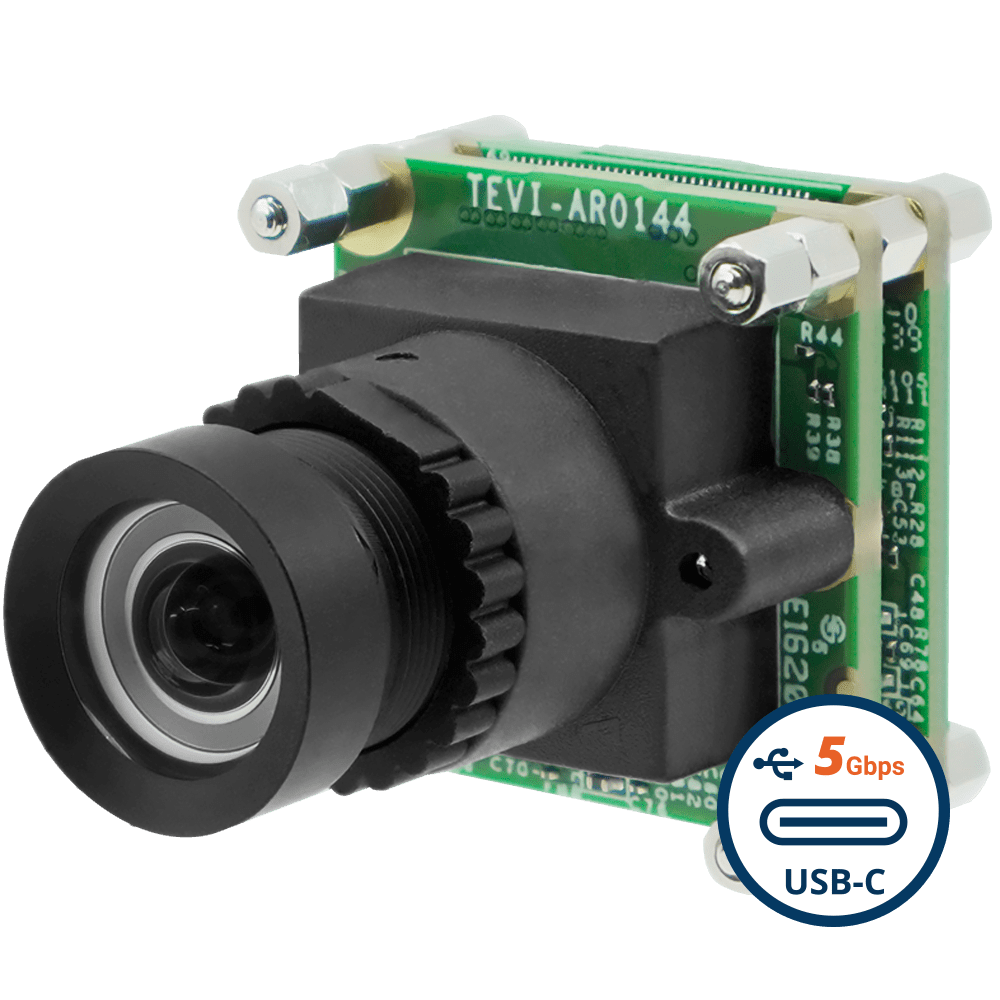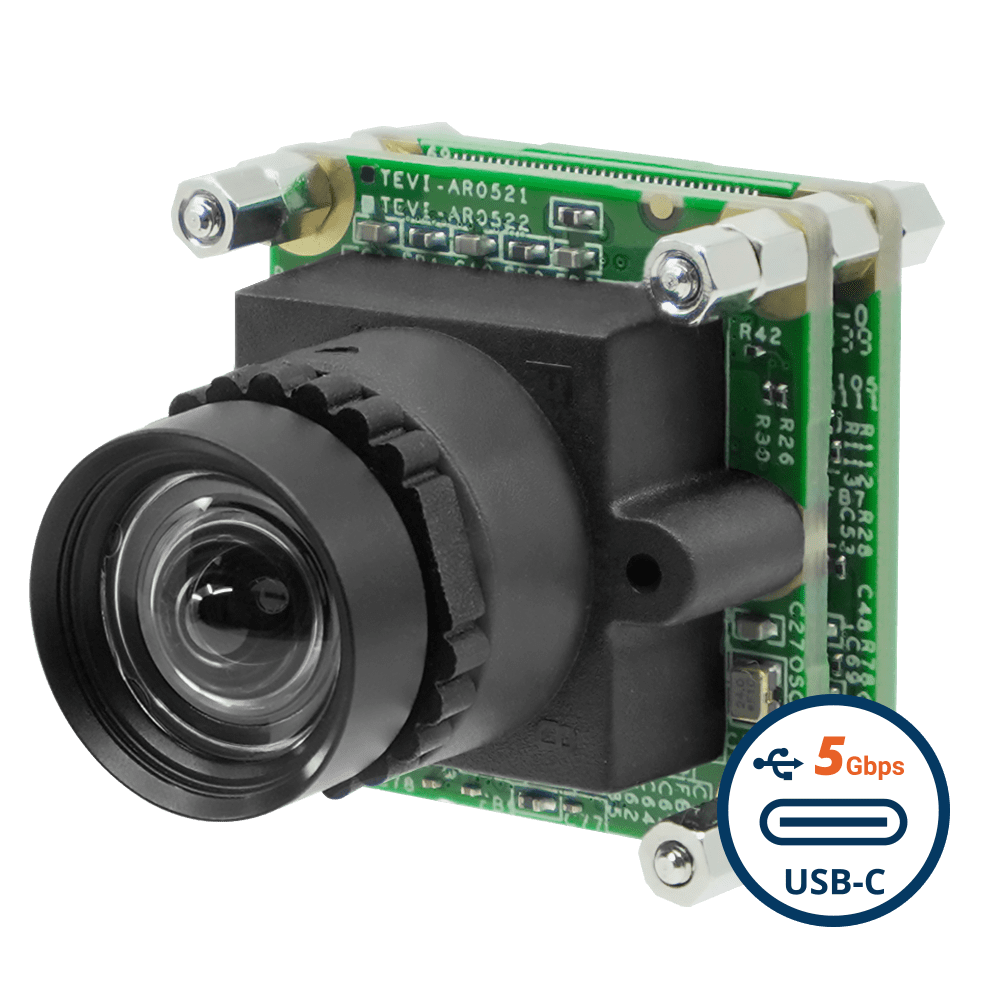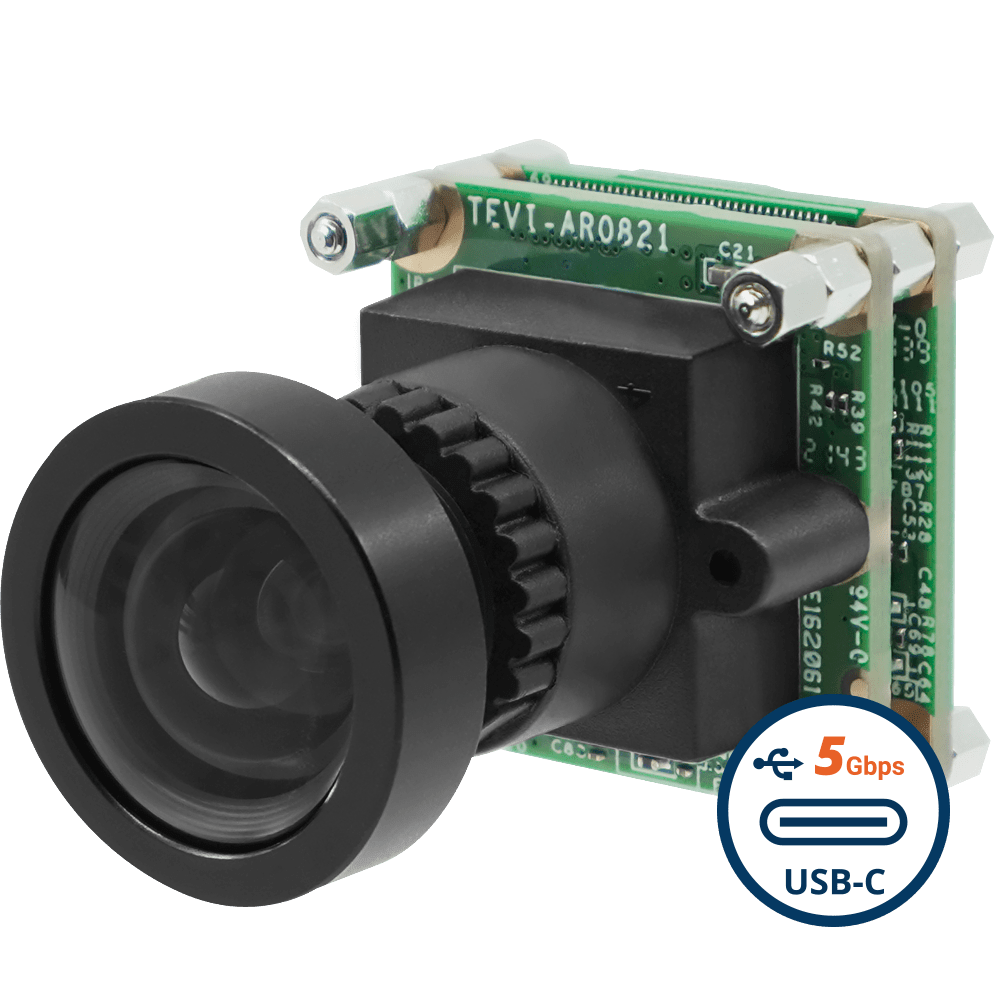Retail shopping has come a long way since the days of simple market stalls and mom-and-pop stores. From the birth of self-service aisles to the rise of big-box stores, the retail experience has continuously evolved to meet the demands of convenience and efficiency. Today, we stand at the dawn of a new era—autonomous retail shopping.
Stores like Amazon Go have already introduced us to the concept of checkout-free shopping. Here, customers simply pick up what they need and walk out, with payments handled seamlessly in the background. But this experience is powered by a sophisticated network of technology, from cameras placed throughout the store to sensors embedded in the shelves.
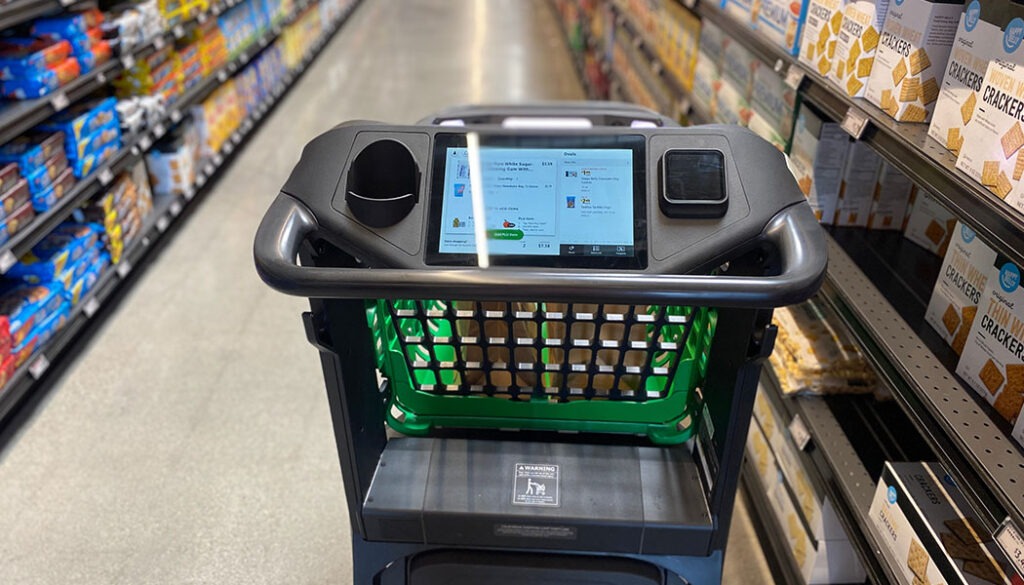
Now, imagine taking that same cutting-edge technology and placing it directly into your shopping cart. Autonomous shopping carts equipped with USB cameras could revolutionize the way we shop and offer a more personalized and efficient experience. In this blog post, we’ll explore the benefits of using USB cameras in autonomous shopping carts. We’ll look at how they’re poised to transform the retail landscape.
What Is a USB Camera?
A USB camera is a type of camera that connects to devices via a USB port. It follows a standardized protocol, making it plug-and-play with most systems. This means you can use it without needing special drivers or software.
USB cameras are designed for versatility and ease of use, making them popular in embedded vision applications. They deliver high-quality video with minimal setup. This makes them perfect for tasks, such as autonomous shopping carts, that require reliable and consistent imaging.
While USB4 is the latest with the highest bandwidth (up to 40 Gbps), USB3 remains the most popular choice in embedded vision systems due to its widespread adoption. They can be seen in a range of embedded vision applications – from robotics to industrial inspection, and surveillance systems.
What Is an Autonomous Shopping Cart?
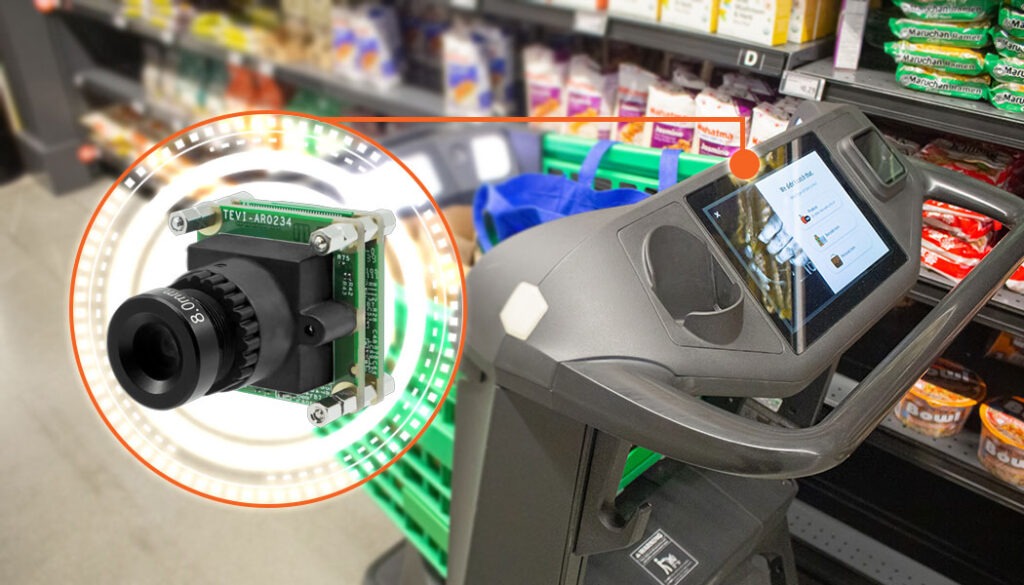
Autonomous Shopping Cart in a Retail Store
An autonomous shopping cart, also known as a smart shopping cart, is equipped with advanced technology that helps to automate the checkout process. It uses sensors, cameras, and artificial intelligence to automatically detect items dropped into the cart.
Autonomous shopping carts can also offer personalized recommendations based on the products chosen by the shopper. They improve the shopping experience by:
- reducing the need for manual scanning and checkout,
- speeding up the shopping process, and
- providing tailored suggestions based on individual preferences.
For example, suppose Mr. John Doe enters a store with autonomous shopping carts. As he picks items, the cart automatically scans and adds them to his virtual basket, tracking products in real-time and managing inventory. It also offers personalized recommendations based on his preferences.
After he exits, the payment is automatically deducted from his account via a secure system, and a digital receipt is sent to his mobile device. This makes shopping hassle-free and more efficient.
Current examples of autonomous shopping carts include shopping carts employed at Sobeys, Schuncks, and Amazon Dash Carts. The growing use of autonomous shopping carts underscores a broader trend of integrating advanced technology to enhance the customer experience in retail settings.
What Are the Benefits of Using USB Cameras in Autonomous Shopping Carts?
USB cameras offer several benefits in autonomous shopping carts, enhancing both functionality and user experience. Here’s how they contribute:
Accurate Product Identification
USB cameras significantly enhance product identification in autonomous shopping carts. These cameras provide high-resolution imaging, which allows for precise scanning and recognition of items. This clarity is crucial for accurately capturing product details like barcodes, labels, and packaging.
With advanced image processing algorithms, USB cameras can quickly and accurately identify products, reducing errors in item recognition. This leads to more reliable tracking of purchases and better inventory management.
For example, if a barcode is damaged or poorly printed, the camera’s high resolution ensures it can still be read accurately. Enhanced product identification not only improves the shopping experience by making the checkout process smoother but also minimizes issues with inventory discrepancies. This leads to a more efficient and error-free shopping experience.
Real-time Data Processing
USB cameras enable real-time data processing in autonomous shopping carts, which is essential for a seamless shopping experience. These cameras capture continuous streams of visual data. This is then analyzed by onboard processing units or connected systems. This capability allows for immediate feedback on product selection and inventory status.
For instance, as items are placed in the cart, the camera’s data is processed in real time. It updates the shopping list and calculates costs instantly. This instantaneous data processing helps in reducing wait times and improving overall shopping efficiency.
Furthermore, real-time processing facilitates dynamic adjustments to inventory levels. This ensures that stock information is always up-to-date. Thus, retailers can offer a more responsive and interactive shopping experience to customers.
Enhanced Customer Experience
USB cameras contribute significantly to enhancing the customer experience in autonomous shopping carts. By providing real-time visual feedback and personalized recommendations, these cameras make the shopping journey more interactive and enjoyable.
For example, as customers navigate the store, the camera can recognize products and suggest complementary items or promotions based on their preferences and past purchases. This personalized touch not only makes shopping more convenient but also adds a layer of engagement that traditional carts lack.
Additionally, USB cameras facilitate a smoother checkout process by automatically updating the cart’s total as items are added or removed. This seamless integration of technology helps reduce friction points in the shopping experience. This, in turn, leads to higher customer satisfaction.
Security and Loss Prevention
USB cameras play a crucial role in security and loss prevention for autonomous shopping carts. These cameras provide real-time surveillance of the cart and its surroundings. This helps deter theft and monitor suspicious activities.
By capturing high-definition footage, USB cameras document interactions and transactions. They record what is placed in the cart and when. This helps verify that items are scanned and paid for correctly.
Additionally, the footage captured by USB cameras can be used to analyze patterns and behaviors. This can help retailers identify potential security risks and improve their loss-prevention strategies.
Cost-effectiveness
Other types of cameras like MIPI cameras and GMSL2 cameras can be used in autonomous shopping carts. But USB cameras are a more cost-effective solution for integrating advanced technology into autonomous shopping carts. Their affordability makes it feasible for retailers to deploy smart carts on a larger scale without significant financial strain. Additionally, USB cameras are durable and require minimal maintenance. This further reduces long-term operational costs.
The low cost of USB cameras also allows retailers to experiment with and scale up innovative technologies without heavy financial risks. This scalability ensures that smart shopping carts can be widely adopted across various retail environments. This results in an enhanced overall shopping experience.
Moreover, USB cameras’ affordability and efficiency make them an excellent choice for future upgrades. As technology advances, these cameras can be easily integrated with new features and systems.
Scalability
USB cameras offer impressive scalability and future potential for autonomous shopping carts. Their compact size and cost-effectiveness make them ideal for widespread adoption in various retail environments.
As technology evolves, USB cameras can be upgraded to incorporate advanced features. This adaptability allows shopping carts to stay at the forefront of innovation, catering to emerging customer needs and trends.
Additionally, the modular nature of USB cameras supports integration with other smart technologies. For example, they can work alongside augmented reality or advanced analytics systems to provide even richer shopping experiences.
What Are the Challenges and Considerations in Integrating Cameras into Autonomous Shopping Carts?
Some of the challenges associated with integrating embedded cameras into autonomous shopping carts include:
Accuracy
One significant challenge is ensuring the accuracy and reliability of the cameras in diverse and dynamic retail environments. Factors such as lighting variations and irregularly shaped products can impact the performance of the cameras. These can lead to potential scanning errors or missed items. Retailers must invest in high-quality cameras, such as the ones offered by TechNexion, and robust software solutions to mitigate these issues.
Privacy
Privacy concerns are also a major consideration. Customers may be wary of the extensive data collection that comes with camera-equipped carts, particularly if facial recognition or other personal identification technologies are involved. Retailers must implement strong data protection measures and communicate their privacy policies. This will help build and maintain customer trust.
Cost of Deployment
Lastly, the initial cost of deploying and maintaining autonomous shopping carts with advanced USB cameras can be high for some retailers. Balancing the investment with potential returns needs careful planning. Key factors include customer adoption rates, potential labor cost savings, and improved customer satisfaction.
TechNexion - USB Cameras for Autonomous Shopping Carts
TechNexion leads the way in transforming retail with advanced USB 3 cameras designed for embedded vision systems, including autonomous shopping carts. Our cameras deliver high-definition video capture, seamless integration, and reliable performance, making them ideal for smart shopping solutions.
Moreover, our solutions are scalable and cost-effective, ensuring they meet the demands of modern retail while being ready for future advancements. By choosing TechNexion, retailers can create a more engaging, secure, and streamlined shopping experience, staying competitive in a rapidly evolving market.
To know more about how TechNexion’s USB cameras can enhance your autonomous shopping carts, feel free to get in touch with us.
Related Products
Get a Quote
Fill out the details below and one of our representatives will contact you shortly.

